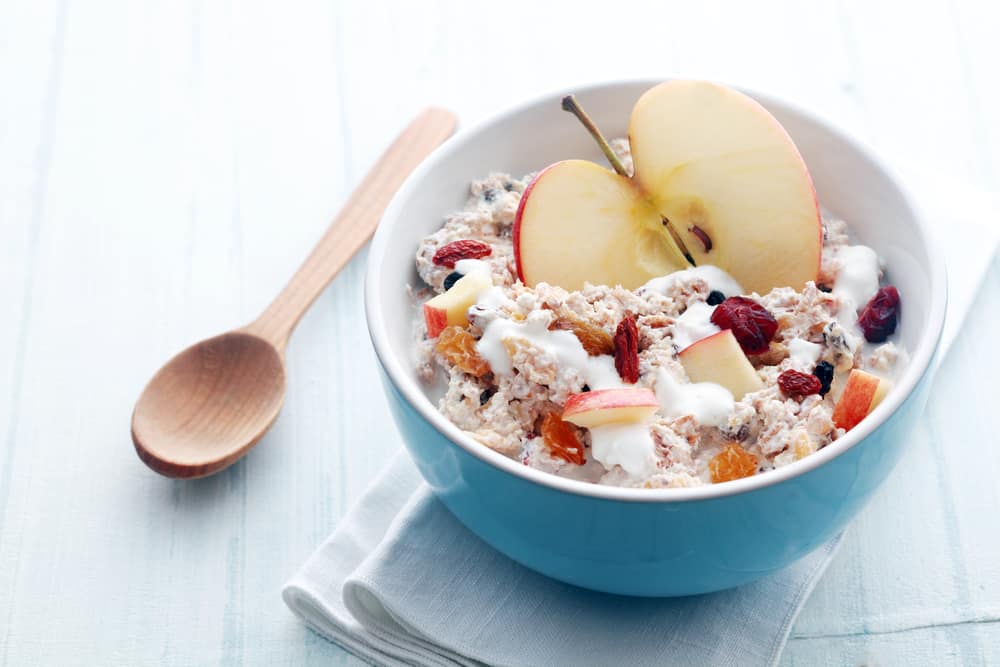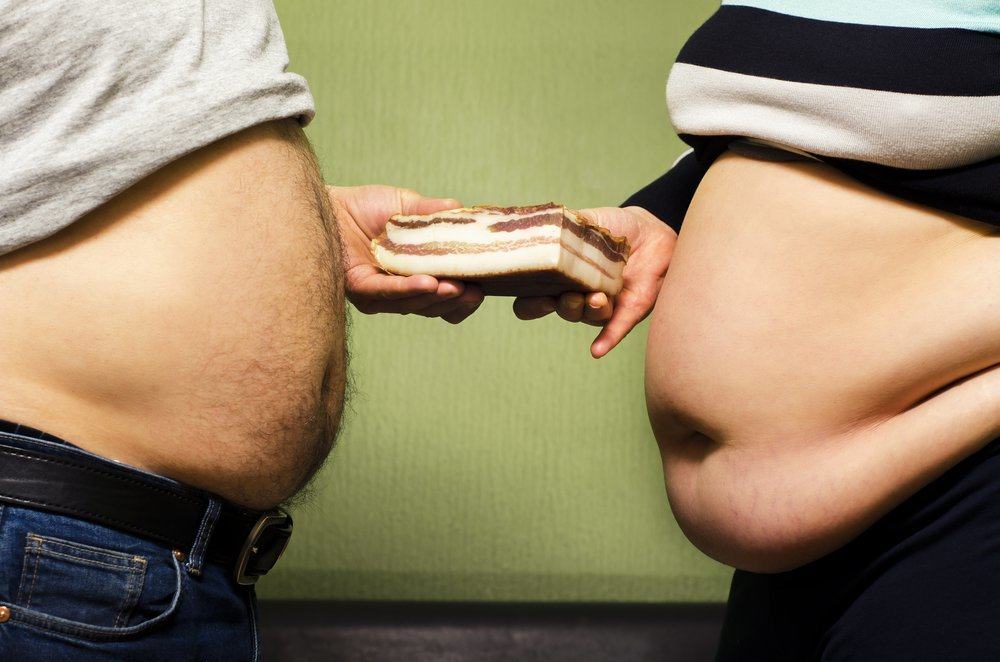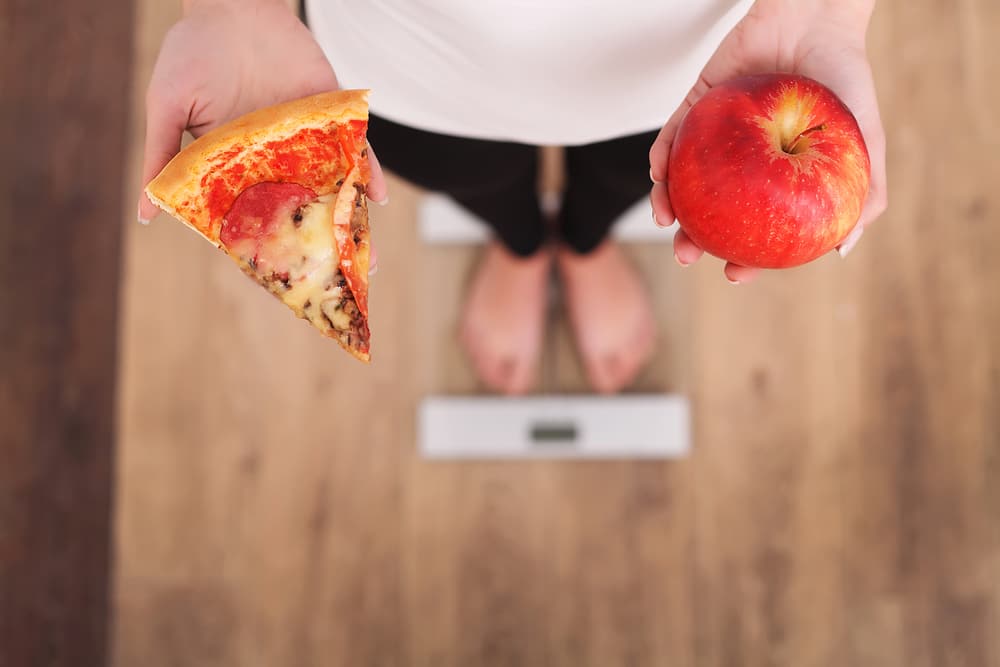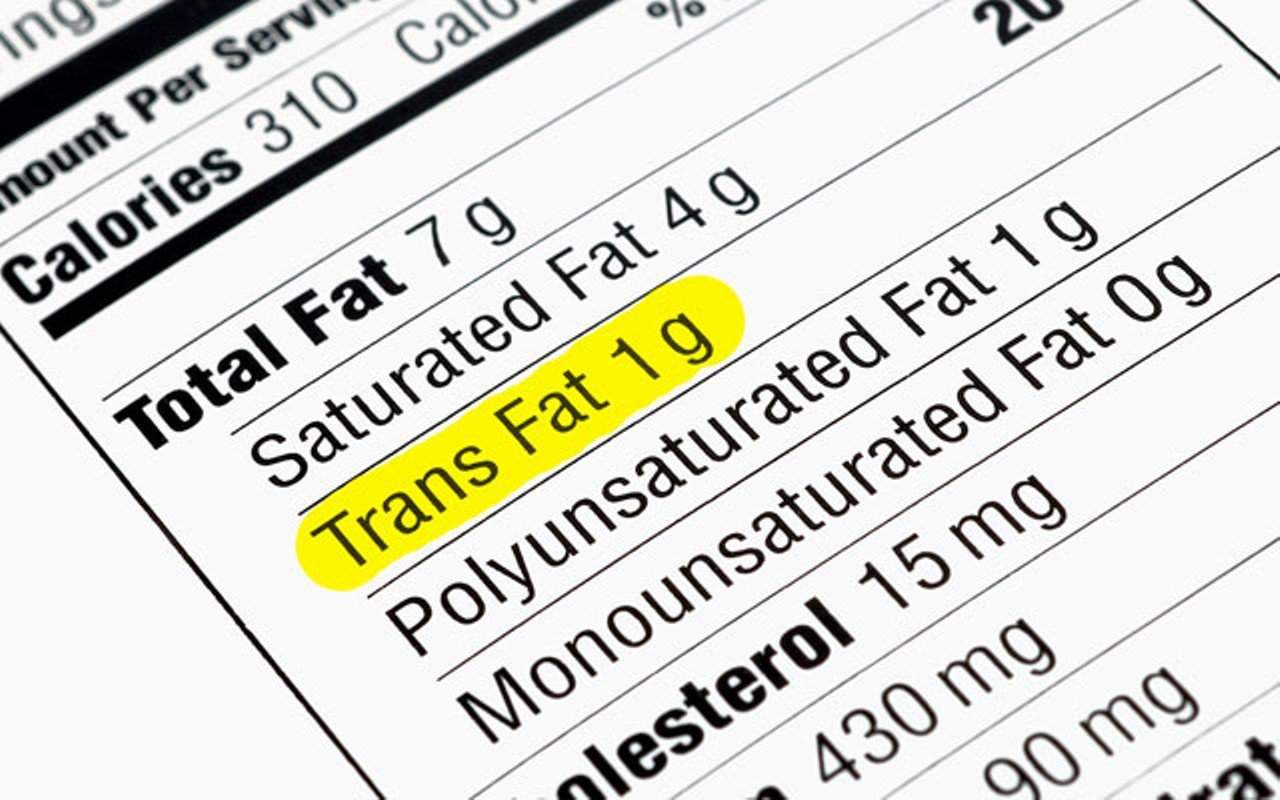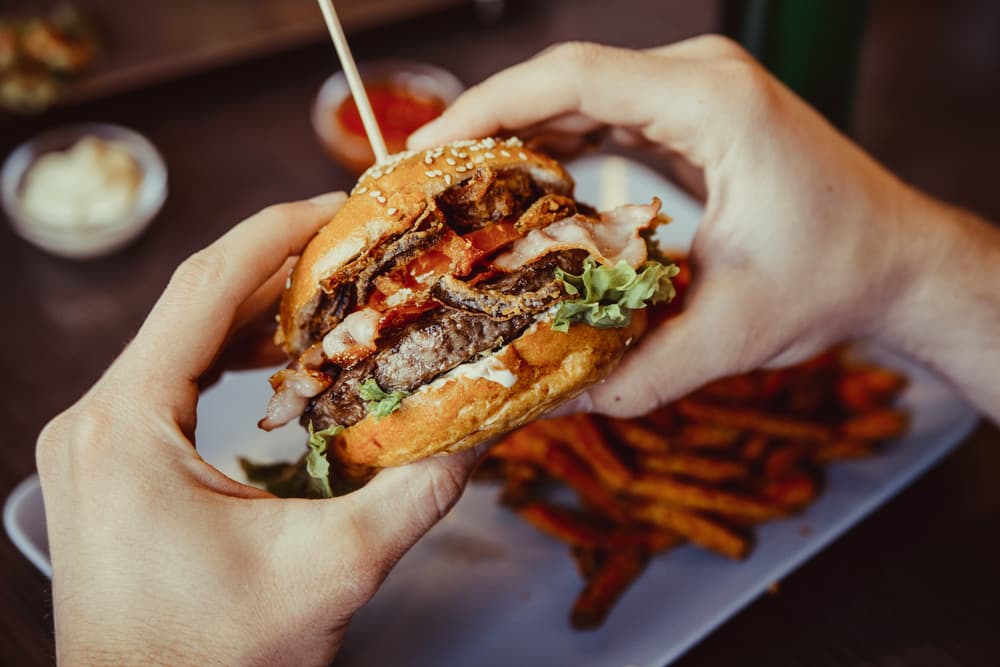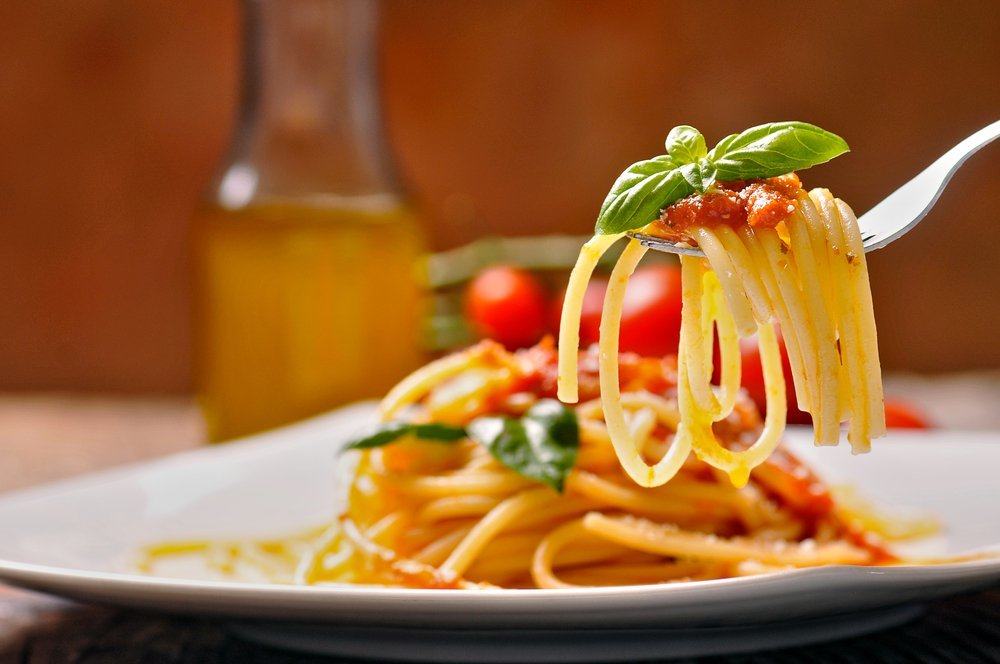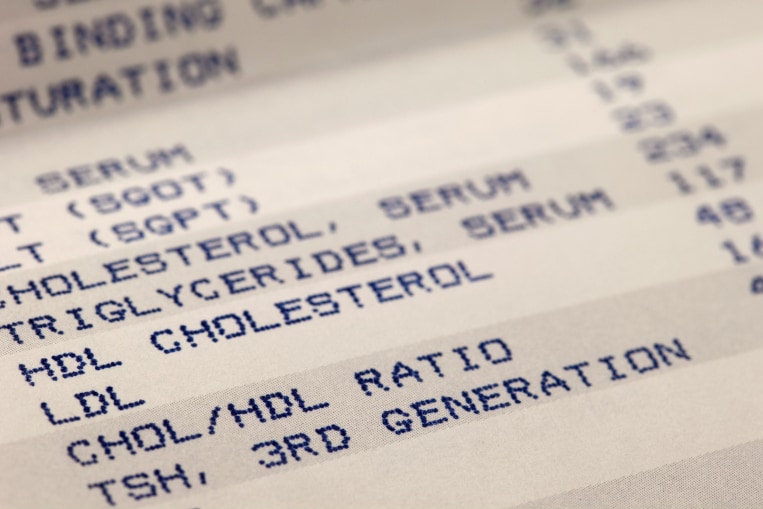Contents:
- Medical Video: Nutrition & Diets : How to Follow a Low Glycemic Index Diet
- What is the glycemic index (IG)?
- Foods that have a high glycemic index
- Why do diabetics should avoid foods with high GI?
- Tricks reduce the glycemic index of food
Medical Video: Nutrition & Diets : How to Follow a Low Glycemic Index Diet
Have high sugar levels or diabetes make you have to pay attention to every food that enters the body. This is because the food you eat is very influential on blood sugar levels. High glycemic index foods you may need to avoid. Why?
What is the glycemic index (IG)?
Glycemic index is a value that describes how fast food sources of carbohydrates affect blood sugar. This value varies between foods. The smaller the glycemic index value of a food, the increase in blood sugar levels after consuming these foods will be slower and gradual.
Foods that have a high glycemic index
The glycemic index is worth from a scale of 0 to 100. This is based on how fast and how much food can increase blood sugar levels. Foods with a low glycemic index have a value of 55 or less. Foods with a moderate glycemic index have a value of 56-69. Meanwhile, foods with a high glycemic index have a value of 70 or more.
Examples of foods with high glycemic index are pure sugar, white bread, white rice, skinless potatoes, sweet cakes, watermelon, melons, and pineapple. Generally, foods that have a high glycemic index contain high and low fiber sugar levels or even without fiber.
Why do diabetics should avoid foods with high GI?
Foods with a high glycemic index (GI) are certainly very fast affecting your blood sugar levels. Your blood sugar levels may increase immediately after consuming high-GI foods. Therefore, it is recommended that diabetics avoid foods with high GI.
Foods with a high glycemic index usually contain low fiber, so it is very easy for the body to directly digest the food once it enters the body. This is encouraging increase in blood sugar levels after you eat foods with high GI.
In contrast to low glycemic index foods that usually contain enough fiber that can slow down the absorption of food by the body. This encourages gradual increase in blood sugar levels, does not immediately jump sharply. Thus, foods with a low glycemic index are proven to help control blood sugar levels and body weight.
Examples of foods with a low glycemic index are vegetables, almost all fruits (such as apples, pears, and oranges), wheat, whole wheat bread, brown rice, wheat pasta, and oatmeal.
Tricks reduce the glycemic index of food
Foods with high GI may be a nightmare for diabetics. But don't worry, you can still reduce the glycemic index of a food. Reporting from WebMD, there are some things that you must pay attention to.
First, namely portion. We recommend that you do not consume high-GI foods in large quantities. The very small portion is enough for you. If it's mostly, this is a danger for your blood sugar.
SecondYou can also combine high-GI foods with low-GI foods when you consume them. For example, consume white bread with lots of vegetables (don't add sugar, meses or sweetened condensed milk instead). Taking it together with low-GI foods can reduce the effect of high-GI foods on your blood sugar levels. Foods that contain fiber, fat, and acid can reduce the glycemic index of a food.
Third, consider the method of cooking the food you use. The longer you cook food, the higher the glycemic index the food can have. In addition, the smaller the surface area of a food, the greater the glycemic index it has. For example, apple juice has a higher glycemic index than whole apples.
Therefore, you should eat whole fruit, not in the form of juice. This is because the body absorbs juice more easily than whole fruit. Fiber in whole fruits helps slow the absorption of food by the body.
Fourth, note also the level of fruit maturity, the more mature the fruit, the higher the glycemic index it has.

